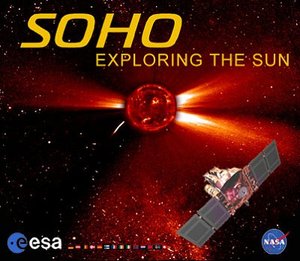3 December
1621: On 3 December 1621, the Italian scientist Galileo Galilei announced that he had perfected his telescope.
The telescope was introduced to astronomy in 1609 by Galileo, who became the first man to see the craters of the Moon, and who went on to discover sunspots, the four large moons of Jupiter and the rings of Saturn.
Galileo's telescope was similar to a pair of opera glasses in that it used an arrangement of glass lenses to magnify objects. This arrangement provided limited magnification and a narrow field of view - Galileo could see no more than a quarter of the Moon's face without repositioning his telescope.

1882: On 3 December 1882, James Challis died.
Challis was a British astronomer, famous for his failure to discover the planet Neptune. Astronomer and mathematician John Couch Adams had studied the known deviations in the orbit of the planet Uranus which indicated a planet even further out. In 1845 Adams gave Astronomer Royal, George Airy, a calculated orbital path for the unknown planet. Airy informed Challis, who did not begin looking until July 1846, and actually sighted the new planet four times without recognising it. On 23 September 1845, the new planet was instead discovered by observers at Berlin Observatory.















 Germany
Germany
 Austria
Austria
 Belgium
Belgium
 Denmark
Denmark
 Spain
Spain
 Estonia
Estonia
 Finland
Finland
 France
France
 Greece
Greece
 Hungary
Hungary
 Ireland
Ireland
 Italy
Italy
 Luxembourg
Luxembourg
 Norway
Norway
 The Netherlands
The Netherlands
 Poland
Poland
 Portugal
Portugal
 Czechia
Czechia
 Romania
Romania
 United Kingdom
United Kingdom
 Slovenia
Slovenia
 Sweden
Sweden
 Switzerland
Switzerland


































